The West Kilimanjaro landscape is a very fertile and arable region for most of the part with a few parts that are barren and wildlife abundant that connects the slopes of Africa’s tallest mountain, Mount Kilimanjaro, to Kenya’s Amboseli National Park. This secluded, remote and community-owned Wildlife Management area is not only a haven for wildlife but also serves as a crucial passage for Amboseli elephants and a hunting ground for large carnivores. It is a remote and community-owned Wildlife Management Area nestled at the base of Mount Kilimanjaro, offering travellers access to a wild and breathtakingly beautiful portion of Masailand. West Kilimanjaro is located south of Amboseli National Park and west of Mount Kilimanjaro, West Kilimanjaro is considered an off-the-beaten path. It is surrounded by the magnificent Mount Kilimanjaro in the east, while Arusha National Park and Mount Meru lie to its southwest. Here, an incredible variety of wildlife coexists harmoniously with Maasai ranchers, creating a unique and vibrant ecosystem. One of the main attractions of West Kilimanjaro is its sheer beauty. As Kilimanjaro emerges from the clouds at dawn and twilight, you can witness a mesmerizing panorama that includes Mount Meru, Longido Mountain, and Namanga Mountain on the horizon. Throughout your thrilling journey to West Kilimanjaro, you will be able to see the foothills of Kilimanjaro and occasionally catch a glimpse of its majestic snow-capped peaks. The open and deserted savannahs, adorned with acacia trees and wild vegetation, add to the breathtaking scenery. By exploring West Kilimanjaro, you also get the opportunity to immerse yourself in the rich culture of the local Maasai community. The property is leased by the Maasai, and the concession works closely with them, emphasizing their commitment to wildlife and conservation. This collaboration provides a unique chance to learn more about the vibrant Maasai culture and its deep connection with the land.
West Kilimanjaro, a conservation area of considerable biogeographical importance, encompasses the western part of Mount Kilimanjaro and the surrounding montane forests. The Kilimanjaro Forest Reserve (EFR) extends across the entire western montane forest to include the lower montane forests at 2000m. These forests receive more rain than those to the east and are generally lusher, providing a suitable habitat for elephants. The EFR, in turn, is bordered by the west by the ‘dry’ montane forest of the West Kilimanjaro Game Controlled Area. Spanning altitudes of 1400 – 1700m, this GCA is named ‘dry forest’ because, compared with the higher rainfall zone further west, the forest is situated in a transitional climate and can be considered an ecotone between the forest and the drier savannah.
West Kilimanjaro Day Trip
Pick-up in the early morning at your lodging. Traveling to the Endumet game-controlled area to the west of Mount Kilimanjaro. We anticipate arriving at 11 a.m. Bicycling through the game reserve and towards the south of Amboseli National Park for the entire day is an option, as is short trekking or strolling depending on the interests of the clients. Before heading back to your drop-off spot, take in an evening view of Mount Kilimanjaro. We anticipate arriving at 8:00 p.m.
Location of West Kilimanjaro
Nestled at the base of Mount Kilimanjaro, this secluded wildlife management area is a hidden gem for adventurous travelers seeking an untamed and breathtaking slice of Maasailand. Considered off the beaten path, West Kilimanjaro is a designated area west of Mount Kilimanjaro and south of Kenya’s Amboseli National Park. To the east, it is graced by the majestic presence of Mount Kilimanjaro (for more information, refer to our Kilimanjaro National Park guide), while to the southwest lie Arusha National Park and Mount Meru. Here, a harmonious coexistence between Maasai herdsmen and a diverse range of wildlife flourishes. One of the main draws of West Kilimanjaro is its awe-inspiring scenery. Kilimanjaro boasts an undeniable prominence, often breaking through the clouds at dawn and dusk, yet the horizon is adorned with numerous other peaks, including
During the thrilling journey to West Kilimanjaro, you will be treated to panoramic vistas of Kilimanjaro’s foothills, occasionally glimpsing its snow-capped peaks. Moreover, you will discover the breathtaking expanses of open savannah, speckled with wild bushes and acacia woodlands. As the land is leased by the local Maasai community, you will also have the chance to immerse yourself in their vibrant culture. The concession deeply values conservation and wildlife, forging a close partnership with the Maasai people.
Wildlife of West Kilimanjaro
At first glance, West Kilimanjaro may appear devoid of life and lacking in animal presence compared to renowned locations like Serengeti National Park and Ngorongoro Conservation Area. However, it still holds a promise of exciting adventures. Notably, the entire region serves as a crucial wildlife corridor and sustains diverse populations, including elephants and remarkable species such as lesser kudu, gerenuk, bat-eared fox, and striped hyena. Moreover, West Kilimanjaro is renowned for its abundant birdlife, offering an excellent opportunity for birdwatching enthusiasts. Here, you can spot fascinating species like the Masai ostrich, kori bustards, crested francolins, white-headed buffalo weavers, tawny eagles, and white-bellied go-away-birds. Expect your bird checklist to quickly fill up with numerous sightings during your stay!
Activities in West Kilimanjaro
A stay at West Kilimanjaro focuses more on the community rather than the wildlife. Even a short stay allows for time spent with Maasai communities, offering unique insights into their remarkable culture. Discover more about the Maasai and other tribes in Tanzania. The fees paid by guests staying in the concession, as well as annual lease payments and other support, directly benefit the local community. These funds have been used to build school classrooms and teachers’ houses. Embarking on walking safaris is a fantastic way to intimately experience the local flora and fauna. Visitors to West Kilimanjaro can enhance their exploration of the plains and woodlands by embarking on a walking safari accompanied by a knowledgeable Maasai warrior. This unique experience allows for up-close encounters with the local flora and fauna. For those interested in the cultural aspect, there are also trips available to a Maasai boma, where one can witness the authentic way of life of this tribe. To fully immerse oneself in the Maasai culture, spending a night at a Maasai boma is highly recommended. This opportunity provides a glimpse into the semi-nomadic lifestyle of the tribe and their harmonious coexistence with nature. The potential of West Kilimanjaro is truly extraordinary. Local authorities recognize the significance of collaboration with the Maasai in conservation efforts and the establishment of anti-poaching units. By joining forces, they aim to preserve the natural beauty of the area. Apart from engaging with the Maasai community, West Kilimanjaro also offers a serene atmosphere for relaxation and the perfect setting for indulging in a good book. Explore the wonders of Western Kilimanjaro and let it unfold its unparalleled beauty before you.
Accommodation in West Kilimanjaro
Africa Amini Maasai Lodge is undoubtedly our top choice when it comes to lodges in West Kilimanjaro, if not the whole of Tanzania! If you’re looking to incorporate an authentic cultural experience into your Tanzanian safari, a visit and overnight stay at the breathtaking Africa Amini Life Maasai Lodge is absolutely essential. This lodge offers a captivating fusion of luxurious accommodations featuring traditional Maasai architecture and a range of cultural activities. A visit here is an adventure in itself and we highly recommend planning a minimum of 2 nights to fully immerse yourself in all its offerings. The most remarkable aspect of your stay at Africa Amini Maasai Lodge will undoubtedly be the opportunity to engage in a variety of cultural activities. These include learning spear-throwing techniques, embarking on guided nature walks to discover traditional Maasai medicinal practices, participating in a traditional sundown ceremony, attending beadwork lessons, captivating storytelling sessions around the campfire, and so much more. Created by the non-profit organization Africa Amini Alama, the lodge aims to provide visitors with an authentic introduction to the unique Maasai culture in Tanzania while also supporting and advancing the local Maasai community. Managed by the Maasai themselves, all profits from the lodge go directly towards social projects within the local Maasai community. Africa Amini Maasai Lodge seamlessly combines Western-style luxury accommodations with traditional Maasai cuisine, architecture, and activities. If you’re hoping to catch a glimpse of Africa’s highest peak, Mount Kilimanjaro, Africa Amini Life’s location makes it one of the premier destinations in Tanzania to marvel at the majestic mountain. You can even arrange for a dawn wake-up call, complete with a complimentary cup of coffee or tea. This lodge truly holds a special place in our hearts, offering an enchanting and unforgettable experience.
High altitude Kilimanjaro UHNM Hospital near Marangu is host to tourists and volunteer workers, and KCMC is favored by more adventurous tourists. These facilities provide patients and visitors with an opportunity for rest and recovery in a pleasant and scenic environment while offering some moderately priced full board tourist accommodations using the revenue to support their healthcare services.
Climate
West Kilimanjaro’s climate is affected by two predominant air masses. The moist maritime air from the Indian Ocean brings rain, while the dry continental air results in fine weather. Therefore, precipitation varies annually from less than 600 mm to over 2000 mm. The altitude of the mountain also affects its climate. During the bimodal rainy season from March to May and November to December, the montane forest is often shrouded in mist and drizzle. There is heavy rain on the heath and moorland, and snow on the summit of Kibo. The rain and moist conditions decrease significantly during June to August, and to a lesser extent from October to December. During the September dry season, clear skies afford excellent views of Kibo, but large fires are a problem. The snows disappear in the warmer conditions of January and February. This drying trend in the climate of West Kilimanjaro during the 20th century resulted in a significant decrease in high altitude snow and ice, and shrinkage of the montane forest and bushland at lower altitudes. This has, and will have, a significant impact on water supply, flora, and fauna. However, defining the timing, altitude, and regional impacts of climatic changes remain a topic of future research.
Vegetation
The third area of savanna lies much further to the south and west of the mountain around areas such as Babati and Manyara. This area is very dry and is often characterized by large areas of open plain with isolated acacia trees. At higher altitudes of 1800 to 2000m than the aforementioned savanna zones is an area of arable land known as the Home-Farms and the Trans Noc Plantations. This is followed by areas of natural regrowth forest mainly found on land that was once used for agriculture. Altitude-wise, this zone comes under the montane vegetation.
The altitude range for this vegetation is from about 300 to 600m and can be seen in much of the terrain surrounding West Kilimanjaro. To the south of this (which would include Kambi ya Mungu and Makuyuni) is a much drier area of acacia and bushland. This savanna ecosystem continues up to an altitude of 1500m. On the periphery are extensive areas of cultivation.
It is interesting to note that there are 30 broad ecological zones in the world, yet only two occupy about 75 percent of the world’s vegetation. These are the tropical rainforest and the grassland or savanna. Throughout the earth, the savanna ecosystem generally occurs between the latitudinal limits of 5° and 15° north or south of the equator. Within Africa, the savanna vegetation occurs in three main zones: Sudan-Guinea Savanna, which is the most extensive, stretching all the way from Senegal to Ethiopia. This zone is characterized by large amounts of irregular rainfall and a savanna woodland mix.
Culture and People of West Kilimanjaro
The people of West Kilimanjaro can be classified into 3 main groups according to their historical migration to the area: the Maasai, the Chagga (or Bantu), and the Meru. The early inhabitants of West Kilimanjaro are universally accepted by historians as the Maasai. They were pushed out by the Chagga people in the 19th century. The former are the earliest inhabitants of Maasailand and are said to have arrived in Kenya and Tanzania from the north, by travelling around Mount Elgon. It is said that the Maasai were drawn to West Kilimanjaro as a result of the fertile land and its clover-shaped location protected it from both its enemies and bad spirits. Today, the Maasai reside mainly in the semi-arid lands south and east of West Kilimanjaro in the Manyara, Ngorongoro, Arusha, and Mara regions. The Bantu people are associated with the Iron Age, which began in West Kilimanjaro around 2000 years ago. The Warusha from the Mbulu Highlands were the first Bantu to enter West Kilimanjaro. They were forced back by the Chagga coming from the Pare Mountains to the North and by various Nilotic groups in both the West and North.
Wildlife
It is a stony plain and thus not very viable for agriculture, but the dearth of alternative sources of livelihood has meant virtually unchecked settlement of pioneer cultivators and their livestock. Protection of this settlement zone from wildlife, particularly from elephants, has been and continues to be a critical issue, but since it is not within the West Kilimanjaro Conservation Area, we shall say no more of it here. This report concerns only the area of montane forest and associated habitats; miombo woodland will be described briefly in its more specific role as the environment for the new conservation area.
West Kilimanjaro with its attractive scenery and distinctive position amidst the great ranges to the north and the plains to the south displays much larger diversity in habitat than almost all other protected areas in Tanzania. West Kilimanjaro and its wildlife attract much attention already.
West Kilimanjaro Airstrip
West Kilimanjaro Airstrip (ICAO: HTWK) is a public airstrip located in the Kilimanjaro Region of Tanzania, near Kilimanjaro National Park. It is owned by the Government of Tanzania and operated by the Tanzania Airports Authority. Situated at an elevation of 4,300 feet (1,311 meters) above mean sea level, the airstrip serves as a gateway to Kilimanjaro National Park.
Key Details:
- Owner: Government of Tanzania
- Operator: Tanzania Airports Authority
- Location: Kilimanjaro Region, Tanzania
- Elevation AMSL: 4,300 ft / 1,311 m
- Coordinates: 3°03′15″S 36°59′55″E
- Runway: The airstrip features a single grass runway designated as 15/33, with a length of 1,235 meters (4,052 feet).
Airlines and Destinations Served:
- Coastal Aviation: Offers flights to various destinations including Arusha, Dar es Salaam, Moshi, and Zanzibar.
West Kilimanjaro Airstrip serves as an important transportation hub for tourists and travellers visiting Kilimanjaro National Park and the surrounding region.
Adventure Activities
Adventure activities in West Kilimanjaro are world renowned and offer something for everyone. Camel safaris, horse riding, and 4WD nature drives are just a few options to use as a means of transport into the bush. You can tour the area for hours or up to a week, depending on what you are looking for. A great way to see the countryside and meet the local people is to trek with local guides and mules between the farms, stopping off overnight at guesthouses. For the more serious and experienced hikers, there is the option to trek the Mbahe Gap, Usambara Mountains or Mt Kilimanjaro, with the support of porters and guides. Fly fishing trips can be arranged to see local fishermen in action, using homemade bamboo rods and earning a living from what they catch. They will be only too happy to show visitors the tricks of the trade. One can also experience paragliding on Mt Kilimanjaro, water rafting in the local rivers, and various volunteer programs within the community. All these activities are sure to provide a unique adventure that will create lasting memories.
Agriculture
Agriculture is the major economic activity in West Kilimanjaro. People in the villages rely on crop and livestock farming for sustenance and livelihood. It is estimated that about 80% of the total population is dependent on agriculture. The cultivated land is almost entirely devoted to subsistence crops, with only small areas being used to produce crops for sale in the market. The main food crops grown are bananas, maize, and kidney beans. Banana plants are a prominent feature of the landscape. The crop is both a subsistence food and a cash crop, as banana leaves are used to wrap meat for cooking and eating. Many families keep cattle, goats, and chickens, typically using the cattle as a source of draught power as well as dairy products, with meat being rarely consumed as it is saved for special occasions or times of need. A small range of vegetables is also grown around the homes.
West Kilimanjaro Forest Reserve
The West Kilimanjaro Forest reserve is in a part of the Mount Kilimanjaro Forest Reserve. This area was officially named a forest reserve by the government in 1921 and again in 1940. It was founded in 1954 and is on the western slopes of the Mount Kilimanjaro Forest Reserve, between the points 2º59′ and 3º10′ South and 2º30′ and 37º10′ East. It is in the Kilimanjaro region, in the Siha area. It is about 70 km from Moshi town, 102 km from Arusha, and 71 km from Kilimanjaro International Airport. The farm takes up a total of 7,630 hectares of land.
The forest plantation began cultivation with Pinus patula, Cupressus lusitanica, Pinus radiata, and Juniperus procera using the Taungya method, which required licensed growers. As of now, Pinus patula, Cupressus lusitanica, Grevillea robusta, Eucalyptus spp., and Acrocarpus fraxinifolius are all in the planting. There are also native tree species left in the wild forest, such as Podocarpus falcatus, Olea europaea, Scutia myrtina, Ficus thonningii, and Cassipourea molasana.
The main reason for planting the trees was to make the watershed better at protecting itself. It was also meant to stop the erosion on the slopes of Mount Kilimanjaro and meet the needs of people in the Arusha and Kilimanjaro areas for wood products.
Mount Kilimanjaro, which is the tallest mountain in Africa and the world’s biggest freestanding mountain, is right next to this plantation. There is a gate called Londorosi in the West Kilimanjaro Forest plantation. This gate connects hikers going to Mount Kilimanjaro to other trails. Many kinds of animals live in the forest, such as monkeys, baboons, white and black colobus monkeys, buffaloes, and elephants. In addition, the natural woods inside the plantation are important for beekeeping.
Climbers using the Lemosho and Shira routes to reach the top of Mount Kilimanjaro and tourists on day trips both go to the West Kilimanjaro Forest Plantation. People can walk around the farm and see the different ecosystems and animals that live there, such as monkeys, baboons, and white and black colobus monkeys.
The money received from visitors to West Kilimanjaro Conservancy is then utilized by the local communities in development initiatives. These contributions support the social and economic advantages that the local communities enjoy, such as financing for teacher housing and classrooms in schools or medical initiatives throughout the region. This particular area under the Wildlife Managed Area (WMA) serves as a prime illustration of Safiri’s responsible tourism initiatives. to direct tourism where it is most needed.
Additional information
| Vegetation | Alpine desert region |
|---|
The Enduimet Wildlife Management Area (WMA) is a hidden gem nestled in the northernmost region of Tanzania. Unlike the bustling tourist attractions of Serengeti and Ngorongoro, Enduimet remains relatively untouched by crowds, allowing visitors to immerse themselves in its abundant wildlife and unparalleled vistas of the majestic Kilimanjaro. While Serengeti and Ngorongoro certainly hold their own allure, Enduimet offers an opportunity for intrepid explorers to embark on a more unique and adventurous journey through Tanzania. By venturing off the beaten path and discovering a park that has yet to be fully explored by the masses, the Enduimet Wildlife Management Area promises a truly extraordinary experience. With its vast expanse of untouched wilderness, the Enduimet Wildlife Management Area beckons to those seeking to surrender themselves to the captivating beauty of nature at its most raw and unfiltered. As one steps foot into this hidden paradise, a sense of awe washes over them, carried on the whispers of the wind that dances through the tall grasses and the symphony of wildlife that calls this place home. From the moment you set eyes on the sprawling landscape, it becomes clear that Enduimet holds secrets waiting to be uncovered, treasures just waiting to be discovered. The sheer diversity of wildlife that thrives within the boundaries of Enduimet is nothing short of astounding. Here, lions and leopards prowl the savannah, their powerful presence leaving an indelible mark on the untamed terrain. Herds of majestic elephants wander peacefully, their gentle matriarchs leading the way with a grace that belies their immense size. Giraffes elegantly stretch their necks towards the heavens, their curious gazes surveying the world below. And not to be forgotten are the zebra and wildebeest, their synchronized movements painting a mesmerizing picture against the backdrop of the setting sun. Every step taken in Enduimet is a step into the heart of the African wilderness, a step closer to the untamed majesty of nature itself. But it is not just the wildlife that sets Enduimet apart; it is the sense of uncharted territory, of being at the forefront of exploration and discovery. As you traverse through the rugged terrain, you can almost feel the history that permeates the very air you breathe. The path less taken leads to hidden waterfalls cascading into crystal-clear pools, inviting you to dip your toes into their cool embrace. The calls of elusive birds echo through the trees, drawing your attention to their vibrant plumage and melodic songs. And as you climb higher, the snow-capped peak of Kilimanjaro comes into view, its towering presence a constant reminder of the untamed power of nature. In Enduimet, time stands still. The vastness of the wilderness stretches out before you, urging you to embrace every moment, to savor every breath. As the sun sets, painting the sky with hues of gold and pink, you realize that in this untouched corner of Tanzania, you have found a slice of paradise. The Enduimet Wildlife Management Area promises a truly extraordinary experience, one that will forever be etched in your memories. So, venture forth, intrepid explorer, and unlock the hidden wonders that await in this untouched sanctuary of nature’s grandeur.
At the northeastern base of Mount Kilimanjaro is the Kimana Game Reserve. This small and beautiful reserve is designated for wildlife conservation and low-impact tourism. Unfortunately, the area has been heavily affected by land alienation over the past decades, and until recently, half of the reserve was leased for a group ranch and agricultural scheme. A large portion of the land was cleared and cultivated, and to this day, some of the community continues to claim that the reserve exists on their group ranch. A recent court case ruled in favor of KINAPA and the reserve and stated that the leased land was illegally alienated from the reserve and needs to be returned to KINAPA. This is a significant milestone in the effort to protect Kimana and the vital wildlife corridor between Amboseli National Park and the Northern Tanzania Ecosystem. An agreement has been made with the affected landowners to provide them with alternative land outside the reserve and to revive the cleared land for wildlife use through a reclamation and fencing project.
At present, there are few protected areas within West Kilimanjaro. The forested area on the south and eastern slopes of Mount Kilimanjaro is included in the internationally recognized Enduimet Wildlife Management Area. This area is considered to be a critical season migration area for wildlife in the Kilimanjaro ecosystem and was granted its status to alleviate the threat of land alienation to agriculture and real estate development. This said, the effort to protect over 168,000 acres of wilderness area is questioned by the level of motor vehicle access and hunting that goes on in the area. 70% of the Enduimet WMA is designated for hunting, which has contributed to a loss of trust by communities on the land status and a significant decline in wildlife in the area. An effort between the WMA and a number of international partners is underway to develop an effective land use plan that divides the area into hunting blocks, photographic tourism areas, and strict conservation zones. This will maximize the opportunities for wildlife and increase benefits to communities from NAPA and CDM projects.
The conservation of wildlife and natural resources is of utmost importance in the fight to save the natural habitats and endangered species of the West Kilimanjaro. The already existing forest and wildlife areas must be conserved for the benefit of future generations and for the sustainability of the ecosystem, and therefore any threats to these vital areas need to be alleviated. It is critical that local communities gain ownership of these conservation efforts to ensure government and donor-funded projects in the region are implemented effectively and to develop a culture of conservation in the region. Admiration then is possible for communities and the country as a whole if the benefits of conservation can be realized by local populations.
National Parks
The park with the most recent history and forming the core of West Kilimanjaro’s conservation values is Enduimet WMA. The park was formerly established as a Wildlife Management Area in 2001, and in 2007, a general land allocation plan by village delegates would be allocated to 98% of the entire game controlled area to form Enduimet WMA. This was a critical period for West Kilimanjaro conservation as the future of the area was uncertain due to interest and pressure on the part of some investors to change the land use to other forms that would not be compatible with wildlife. This was in spite of much research indicating a remarkable wildlife richness during the wet season period, including large elephant numbers migrating out of the Amboseli ecosystem.
The West Kilimanjaro region is adjacent to the southwest boundary of Amboseli National Park. The area of 390 sq km was originally established in 1974 and declared a biosphere reserve in 1991. It is an important wet season dispersal area for wildlife migrating out of Amboseli, and the park is centered on a large swampland. The park has a spectacular view of Kilimanjaro, and a large part of the park is open to the public for tourism. However, the national park remains an area of varying land tenure, and some seasonal human use still occurs, and land allocation disputes are still to be resolved. This has culminated in some human-wildlife conflicts, and the proximity of the park to the Olgulului Ololarashi Group Ranch and the Kimana Game Controlled Area continues to place stresses on the park’s wildlife values. The park has the only piece of government land in West Kilimanjaro, the West Kilimanjaro Game Controlled Area, which was originally gazetted in 1968 and measures 71 sq km.
The three altitudinal levels of semi-tropical forest, dense forest, and Afro-alpine moorland, as well as shambas, community land, and large areas of unpopulated highland, give West Kilimanjaro an amazing natural diversity. This diversity is perpetuated and conserved in the three protected areas. The protection history of these areas can be looked at separately because they represent three different stages in the conservation approach and understanding in Tanzania. Each is still a functional entity, and for the sake of the important ecological and socio-cultural sites within each area, AWMK takes interest and involves itself in projects in each of the parks.
Wildlife Protection
The Tanzanian government has taken steps to protect wildlife outside of national parks. Though most of the land use in West Kilimanjaro is agriculture, there is a lot of land set aside for protection in areas of high ecological importance. One initiative for wildlife protection is called the Wildlife Management Areas (WMAs) programme. The WMAs were established by the Tanzanian government in 2003. This programme involves villages setting aside land for wildlife conservation with the purpose of creating natural buffer zones around protected areas, to facilitate wildlife movement and to mitigate land use conflicts. In return for setting land aside, the villages are able to obtain large annual revenue payments, and it is hoped that a much greater level of this will be achieved in the future. This, in turn, should be beneficial for the conservation of wildlife. Another organization involved in wildlife protection is the World Wide Fund for Nature (WWF). The WWF is a global conservation organization that has supported many projects relating to the conservation of biodiversity and sustainable development in the West Kilimanjaro region. An example of this is work conducted within the village of Makame to conserve the critically endangered Abbott’s duiker, through increasing community awareness, forest protection, and surveys of duiker populations. The results of these surveys have provided vital information on duiker distribution in the region and the impacts of human activity on these. This information can be used to implement effective conservation strategies in the future. The general areas of wildlife protection around West Kilimanjaro highly complement the initiatives of national park authorities and are crucial for the conservation of biodiversity in an area where the human population is continually increasing and has many land uses conflicting with wildlife. The collective efforts also help to link areas of wildlife populations that may become fragmented in the future. Although often more long-term compared to on-site interventions, wildlife protection projects can have a far greater impact on the survival chance of many wildlife species in an area.
Community Involvement
The idea for involving local people as partners in conservation across the Celsius because the National Parks Ordinance of 1959 was designed to exclude “human settlement” in the parks and “utilization of park resources” defined to exclude the Maasai who had been deprived of their land when the area was declared a game reserve. The policy of evicting the Maasai and the Barabaig and excluding them from the area has changed to one of integrating them into the wildlife management and conservation business. This has involved a long series of policy changes, boundary extensions, and a change in park status for some of the land. A Wildlife Management Areas and Village Land Management Acts passed in 1997 and 2003 cater for the participation of people living in areas classified as Village Land, to be involved in land use planning and to obtain rights in wildlife management and use within their areas. This was a significant change providing an opportunity for villages to legally own their land and manage it according to their own decisions. The first WMA to be established was by the Honeyguide Foundation in 2003 in partnership with the Loibor Siret village and the establishment of general land use plans and WMAs continue to be a slow but evolving process.
Exploration of Endumet game controlled area: Departure from your accommodation in the early morning, heading west of Mount Kilimanjaro. Anticipated arrival time at 11 am. Engage in a full day of exhilarating bicycle excursions within the game reserve, venturing towards the southern region of Amboseli National Park. Tailored hiking and walking opportunities available, based on clients’ preferences. Marvel at the evening spectacle of Mount Kilimanjaro before returning to the designated drop off location. Estimated arrival time at 8 pm.
West Kilimanjaro Day Trip
Located adjacent to Amboseli National Park in Kenya and Mount Kilimanjaro, this fascinating day excursion transports you to the West Kilimanjaro Game Reserve. This particular area is teeming with an abundance of diverse wildlife, including majestic elephants, striking zebras, graceful antelopes, unique gerenuks, and a wide variety of bird species. As an added element of intrigue, the local Masai people use this region for their cattle-keeping activities and everyday livelihood, creating a captivating juxtaposition of wildlife and human coexistence. This true wilderness sanctuary boasts expansive open plains, picturesque acacia woodlands, and, most notably, breathtaking views of the iconic Mount Kilimanjaro. During this unforgettable day trip, guests have the option of either cycling through the reserve or embarking on a leisurely walk amidst the flourishing wildlife. Another remarkable aspect of visiting the West Kilimanjaro Conservancy is the positive impact it has on the local communities. The funds generated from visitor contributions are utilized for various development programs that support the social and economic well-being of these communities. Examples include the provision of resources for schools, including classrooms and accommodations for teachers, as well as the implementation of essential medical programs across the entire vicinity. This specific environment, managed under the Wildlife Managed Area (WMA) framework, serves as a shining example of responsible tourism initiatives through Safiri, successfully bringing tourism to the areas that need it the most.

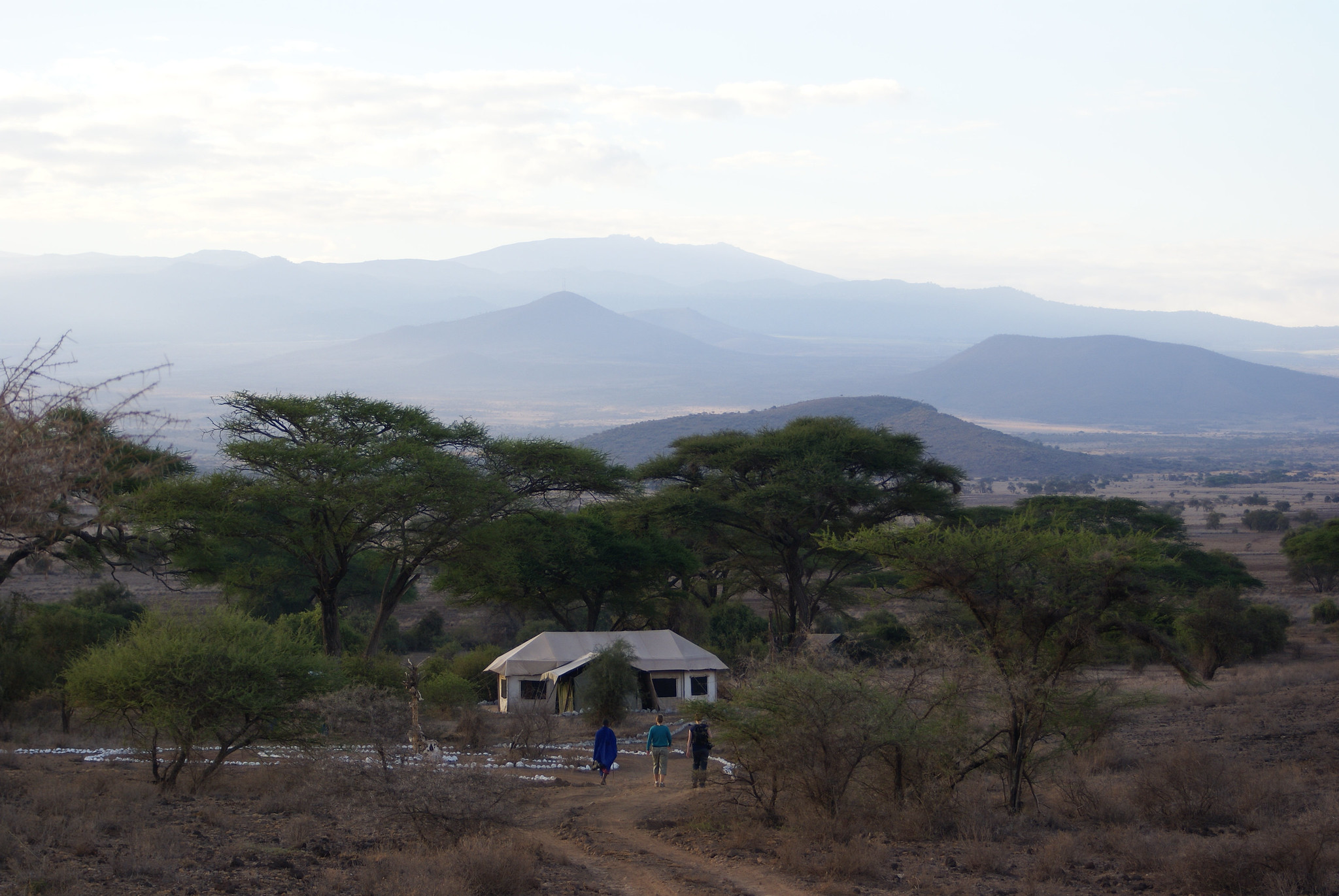
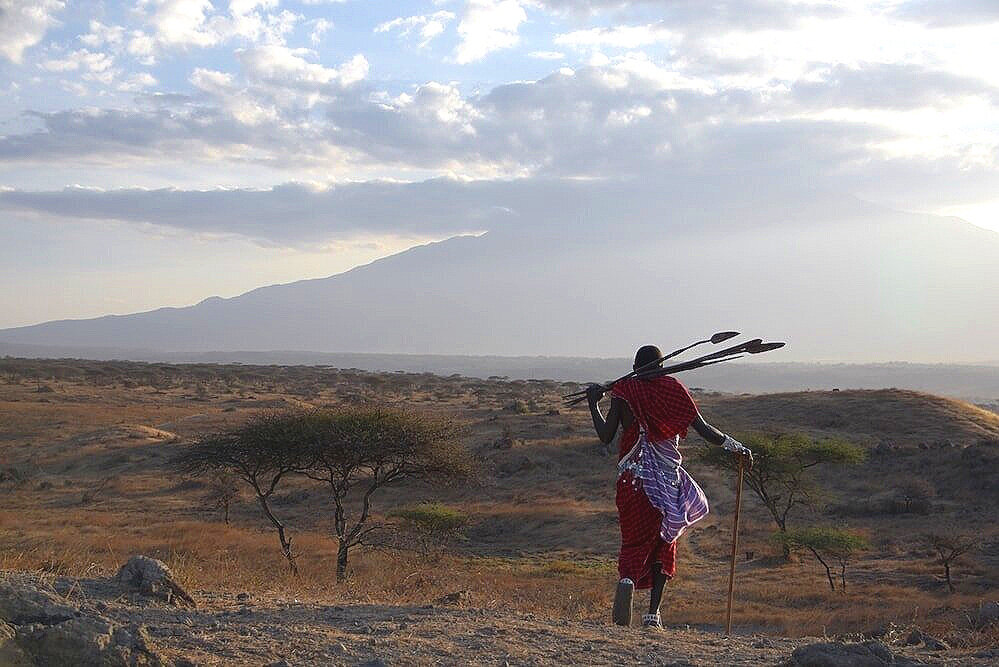
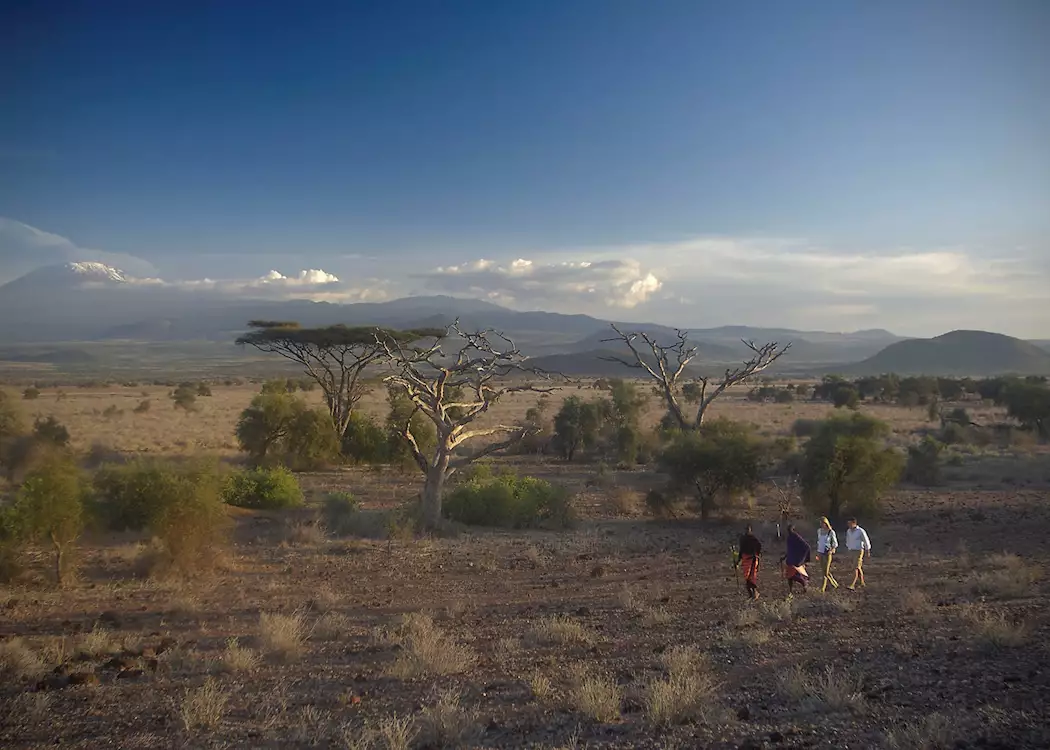
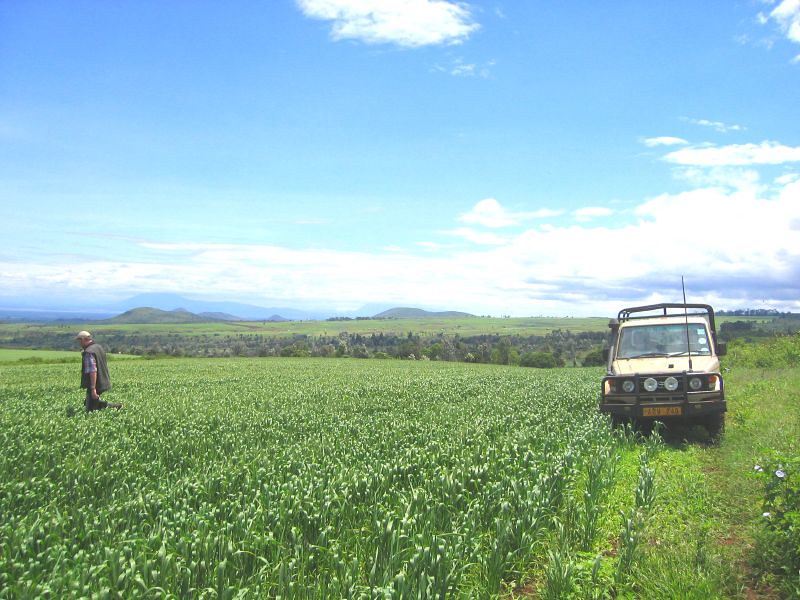
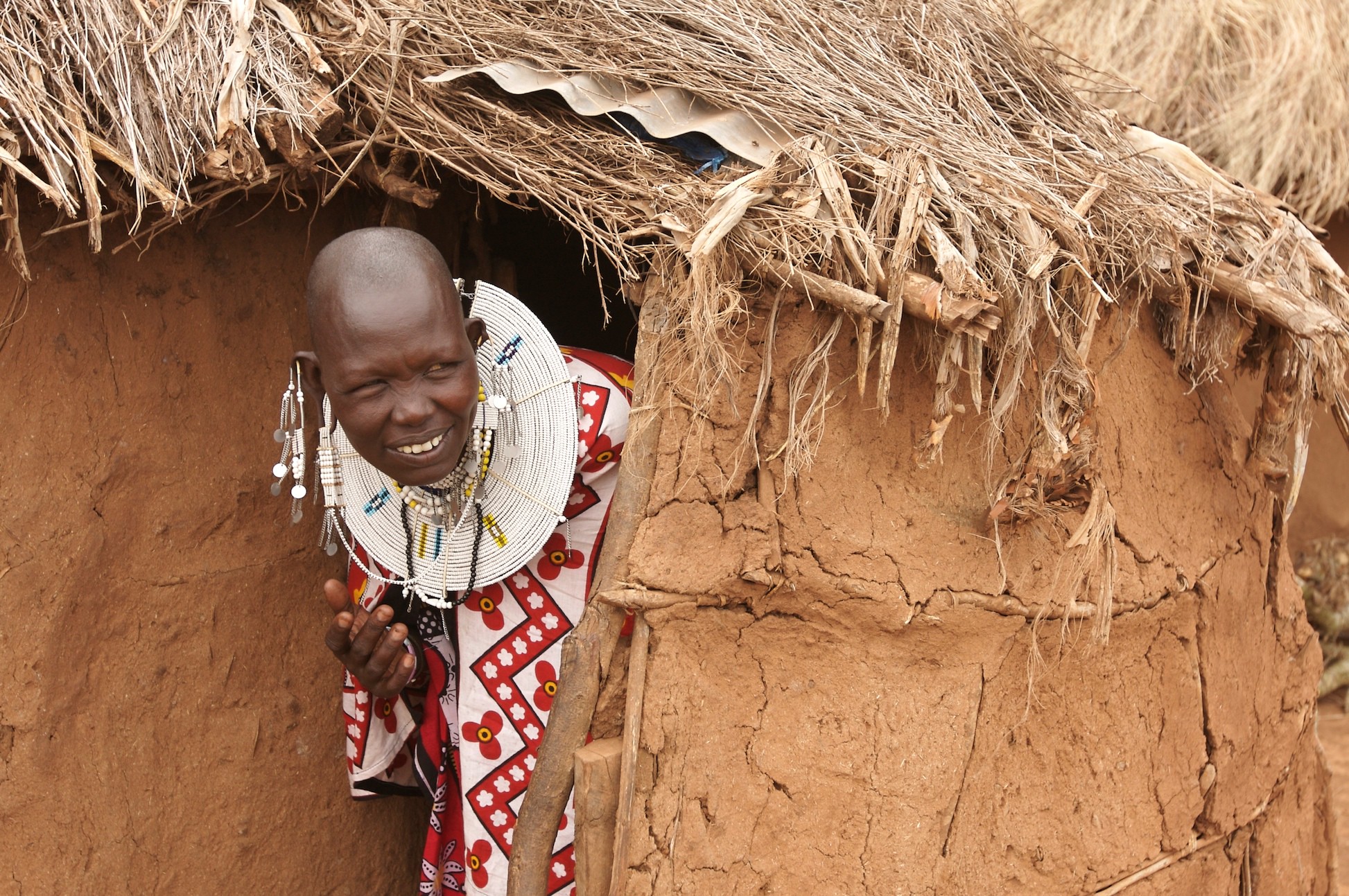
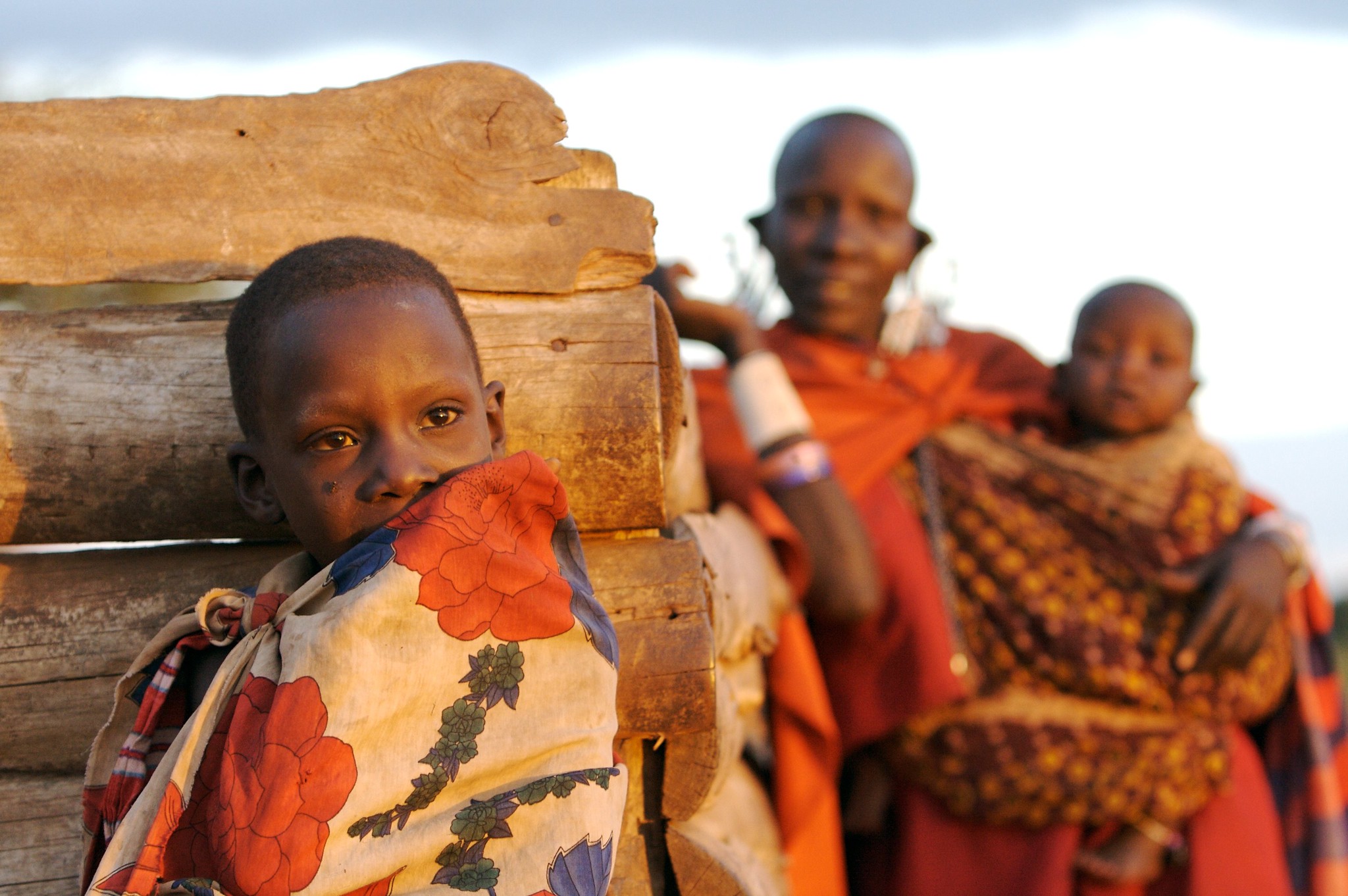
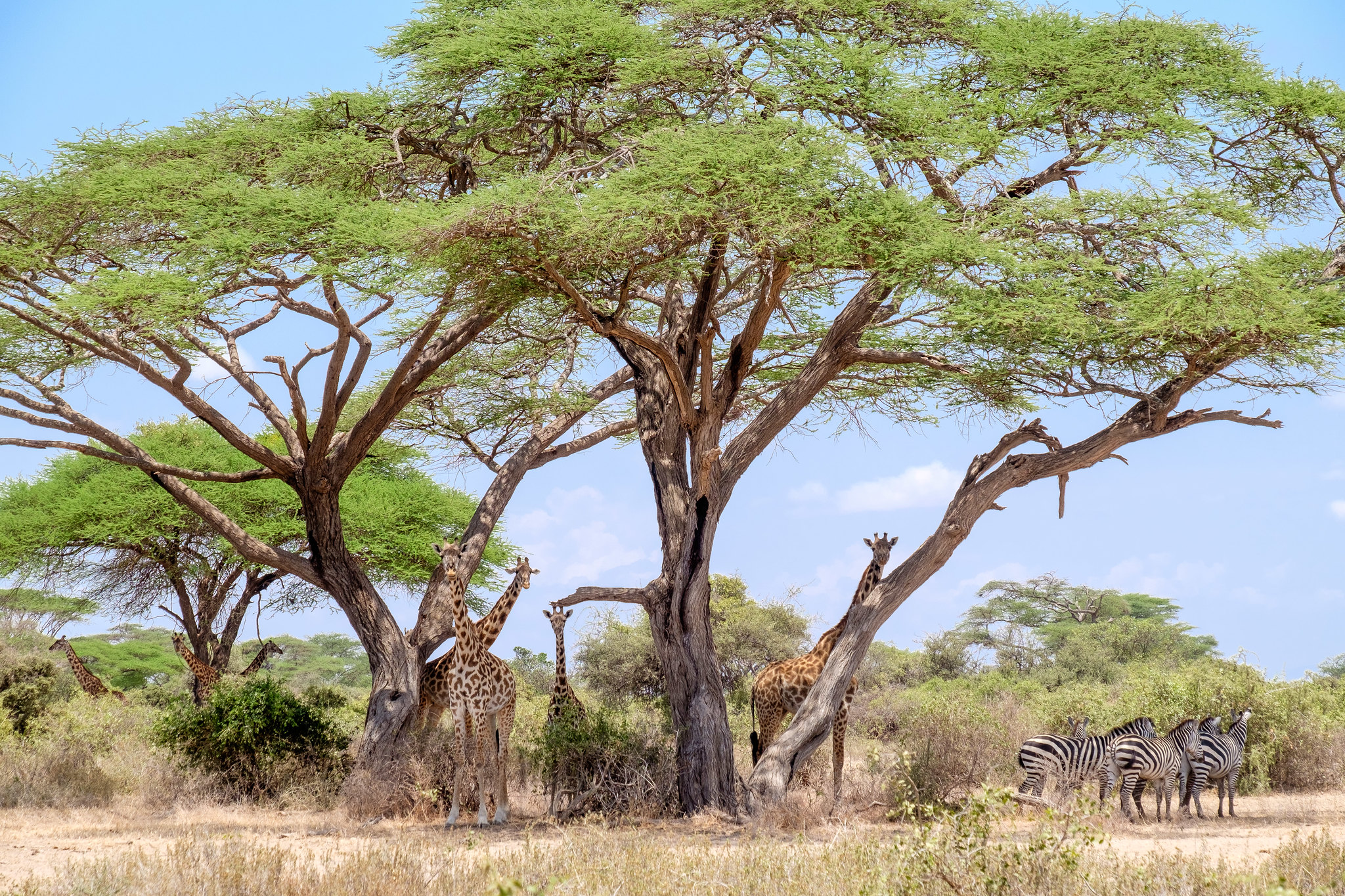
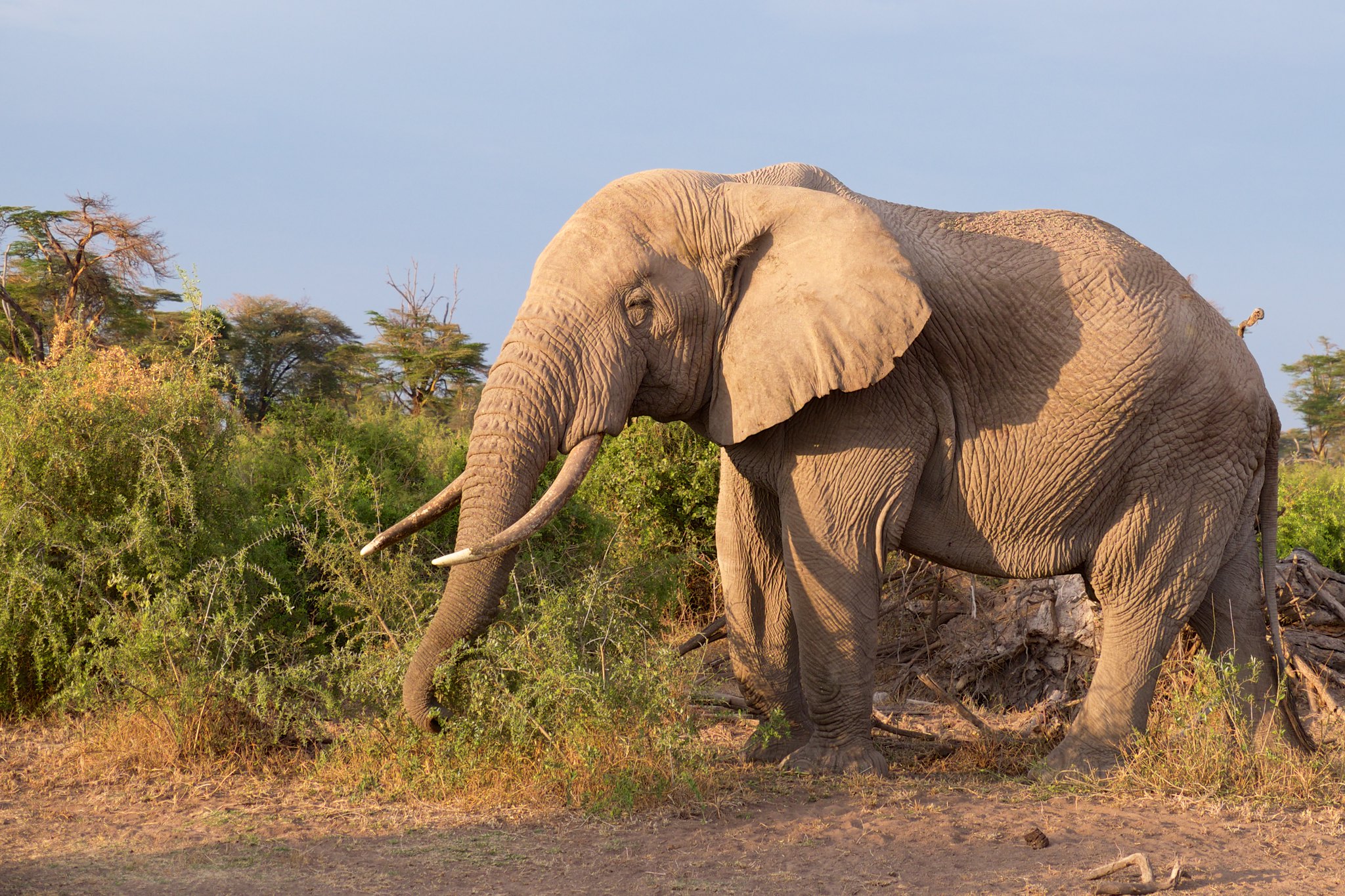
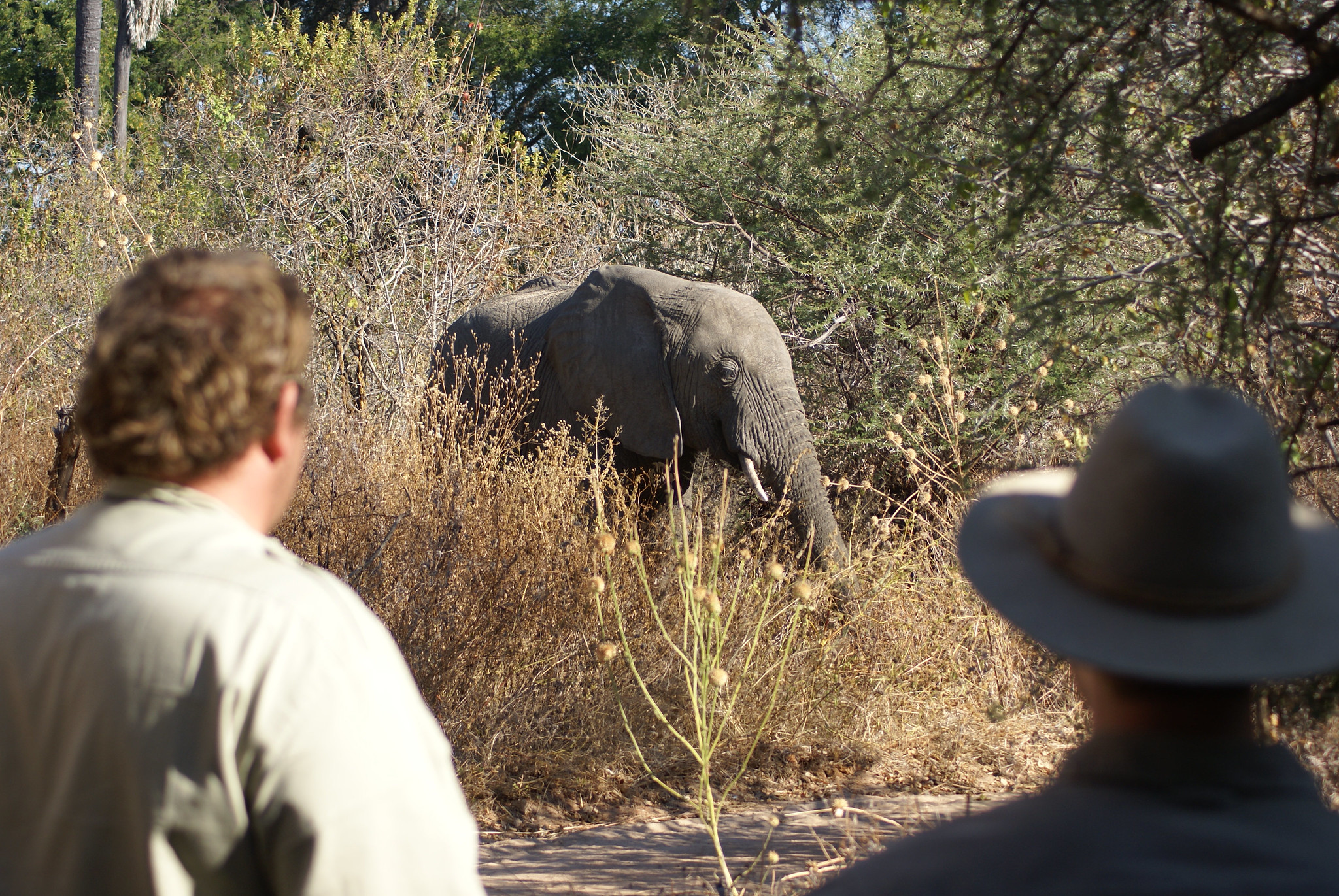
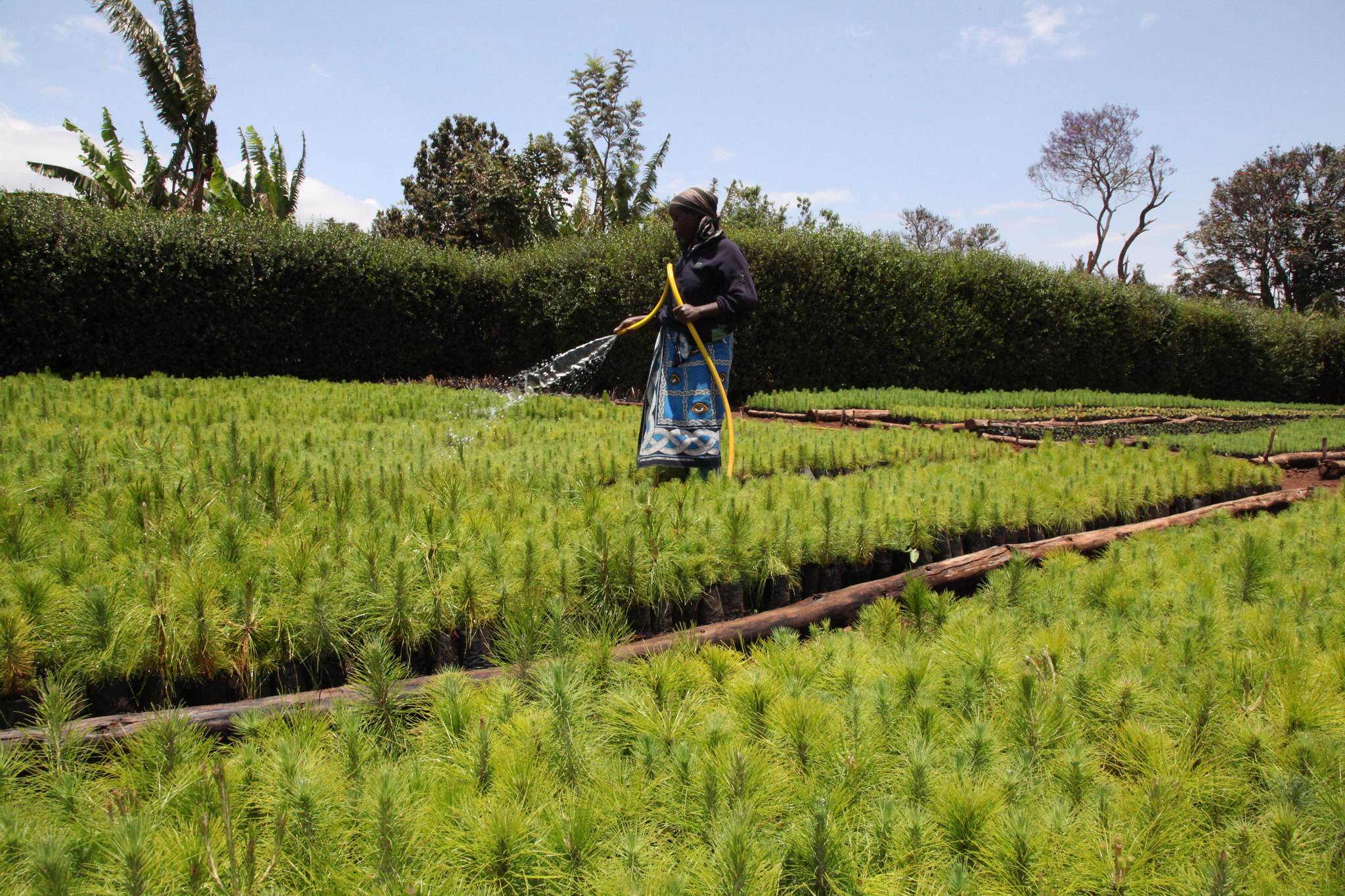
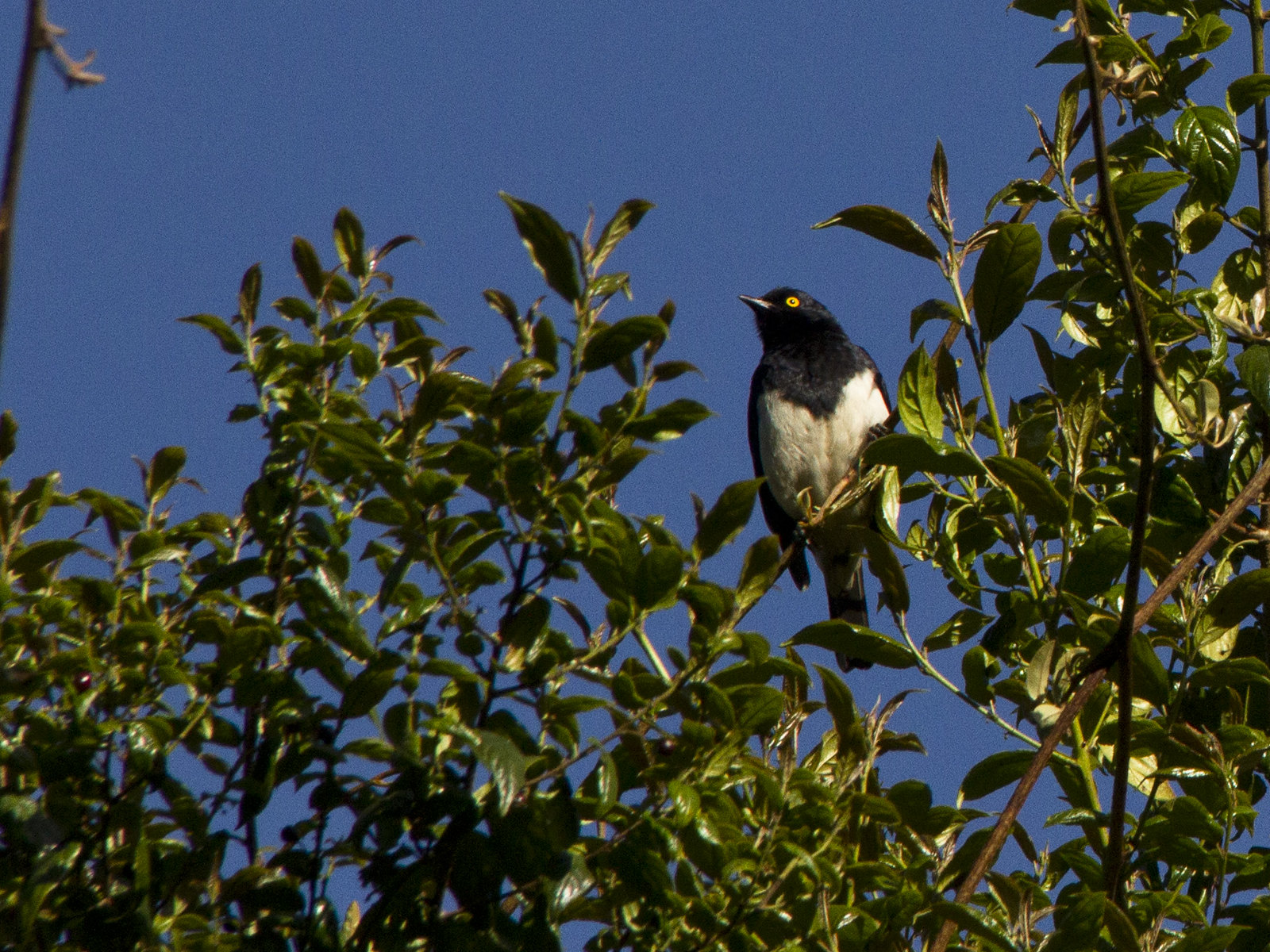
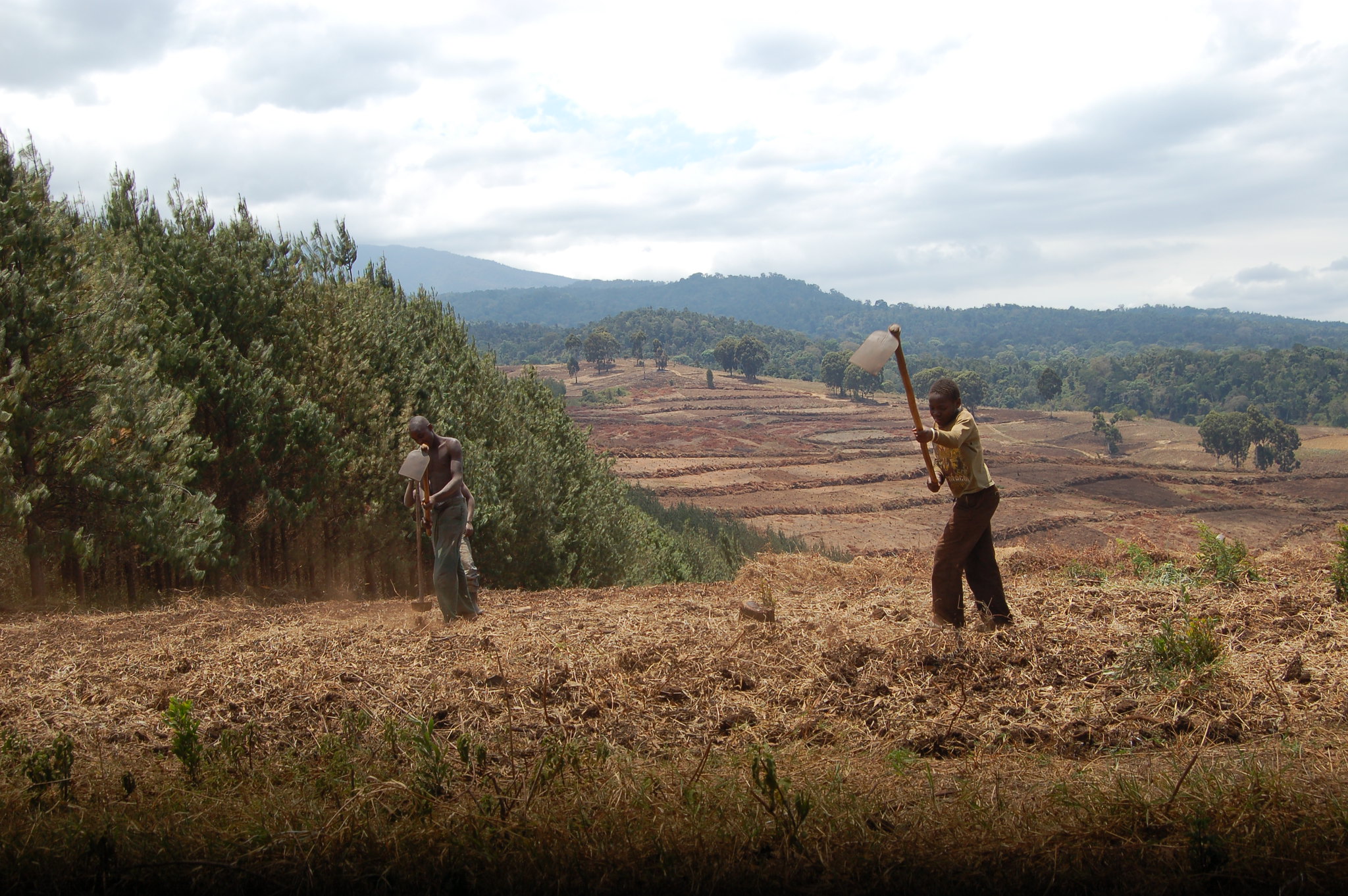
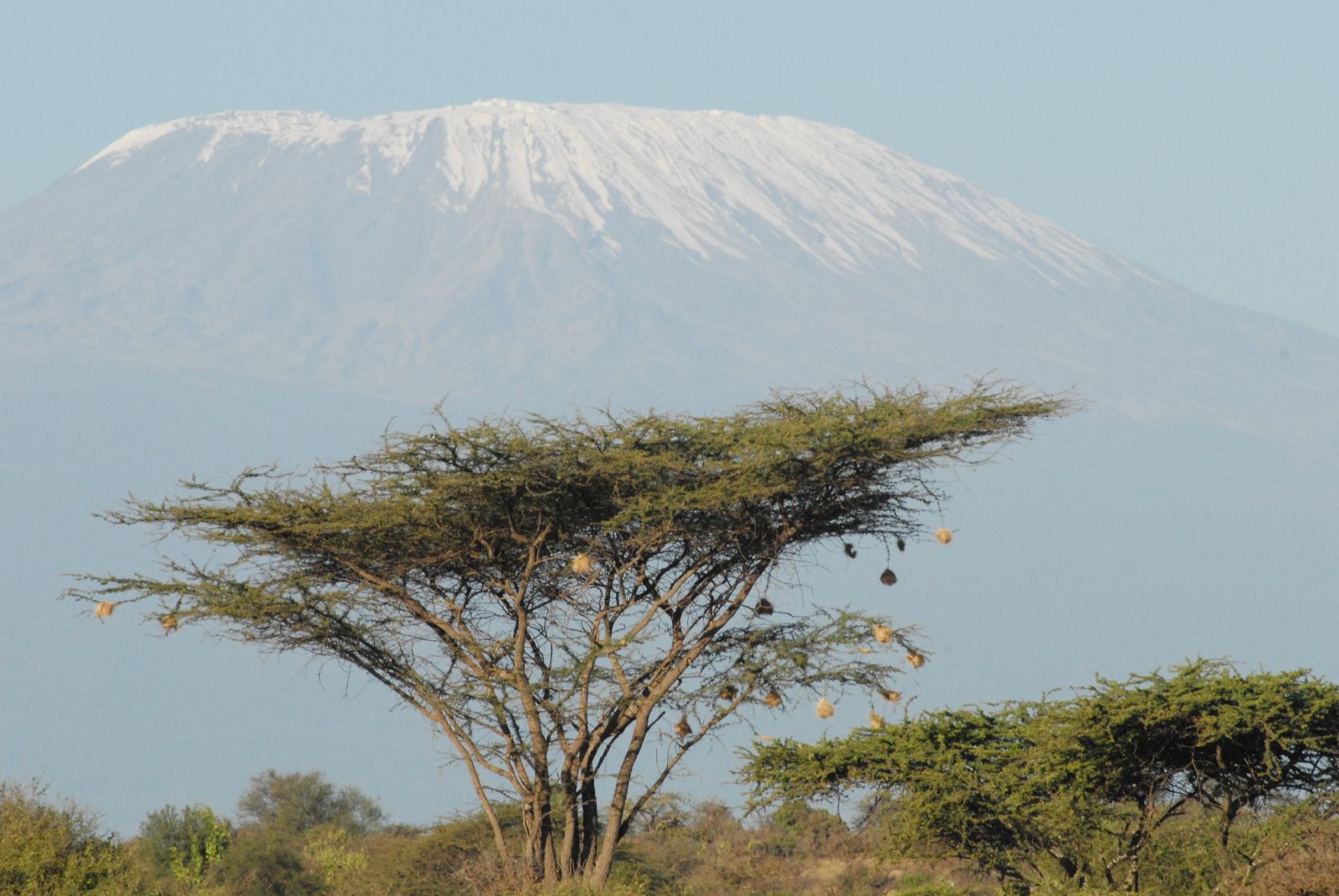
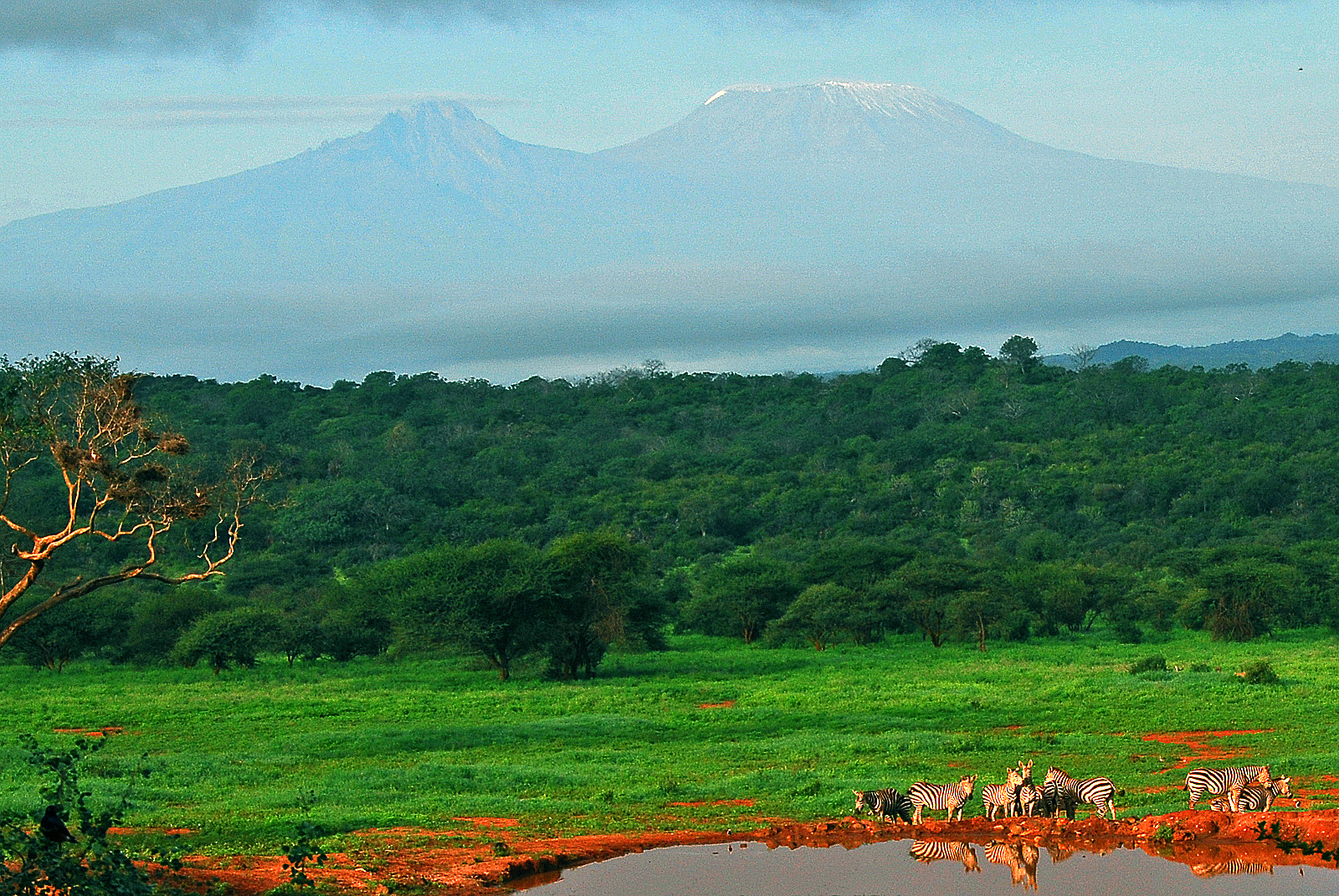
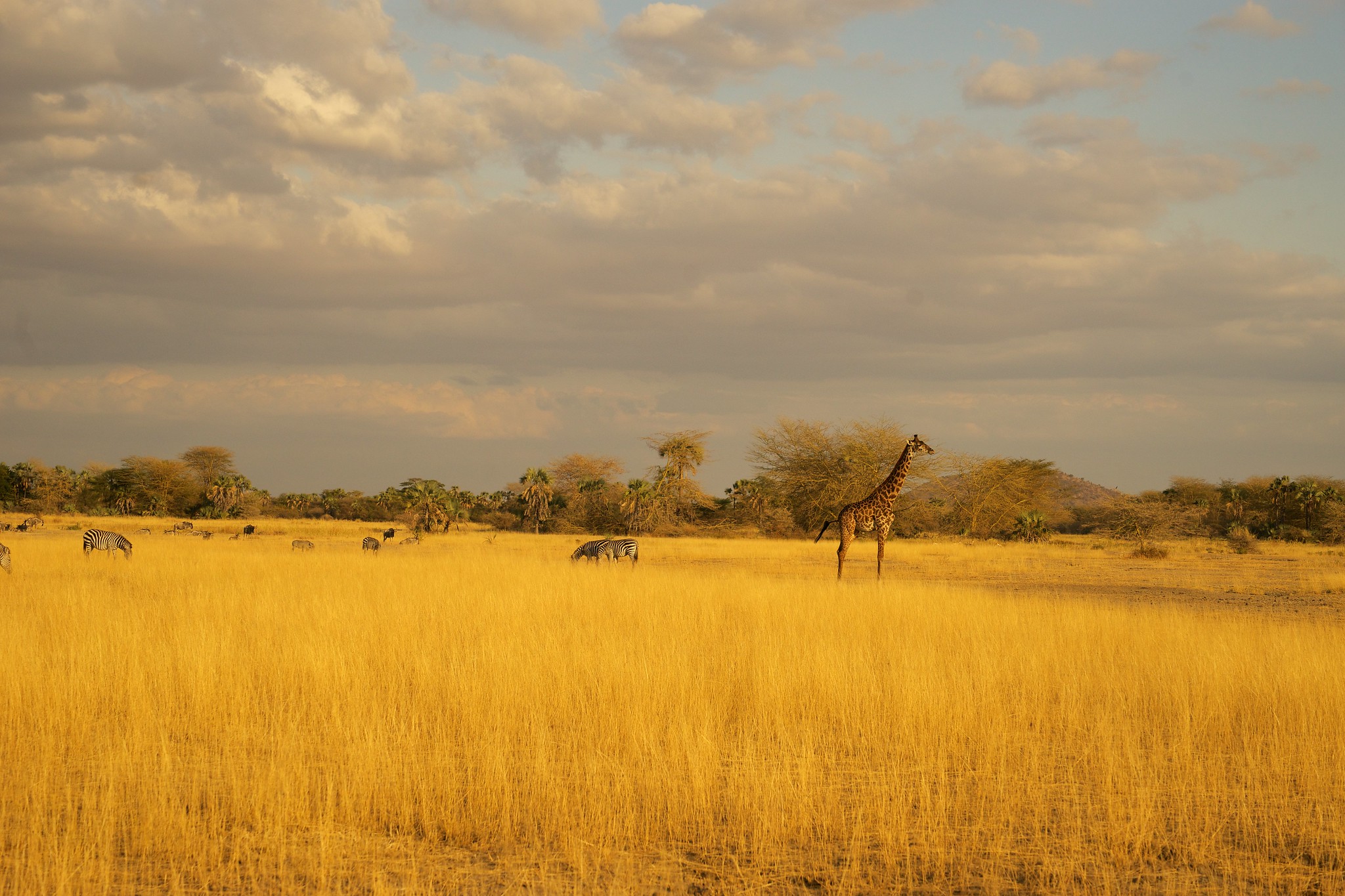
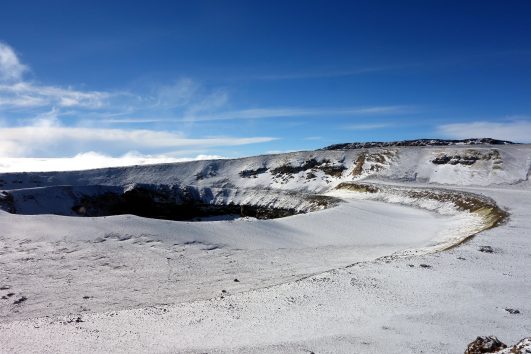
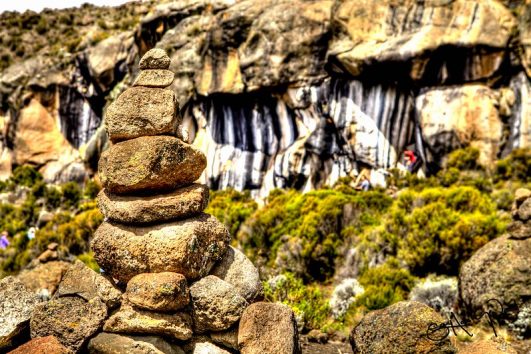
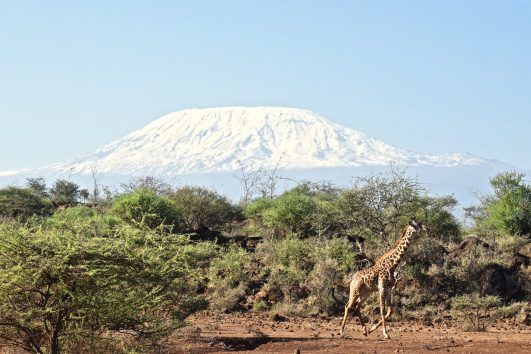
Tour Reviews
There are no reviews yet.
Leave a Review